Demographics

The Parkinson’s Outcomes Project, now concluded, captured the broadest and most inclusive patient demographics ever assembled in a Parkinson’s disease (PD) clinical study. Studying data from people with Parkinson’s who received expert care at a Center of Excellence helped the Parkinson's Foundation identify with ever-increasing precision exactly which factors lead to better outcomes for all people with Parkinson’s.
The charts below highlight data the study was tracking and reflect information collected from 2009 to its end in 2018:
Parkinson’s Outcomes Project Participants Over Time
The Parkinson’s Foundation funded the study, enrolling more than 13,000 participants. Together, participants along with their doctors filled out a data collection form that tracks symptoms, lifestyle and overall quality of life.
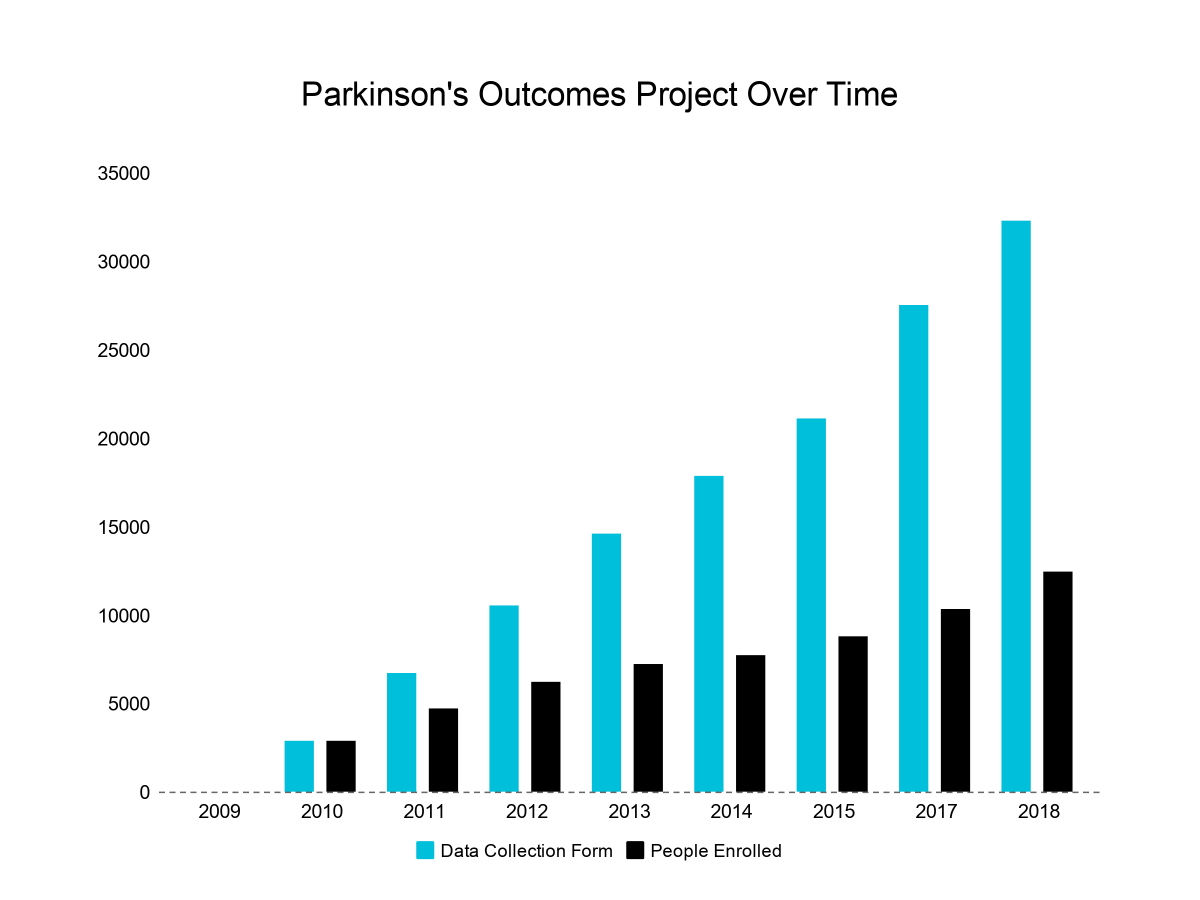
Parkinson’s Stages
There are patterns of progression in Parkinson’s disease that are defined in stages. The Parkinson’s Outcomes Project tracked people with PD using the Hoehn and Yahr scale, where stages one and two represent early disease, three is mid-stage, and stages four and five are advanced Parkinson’s.
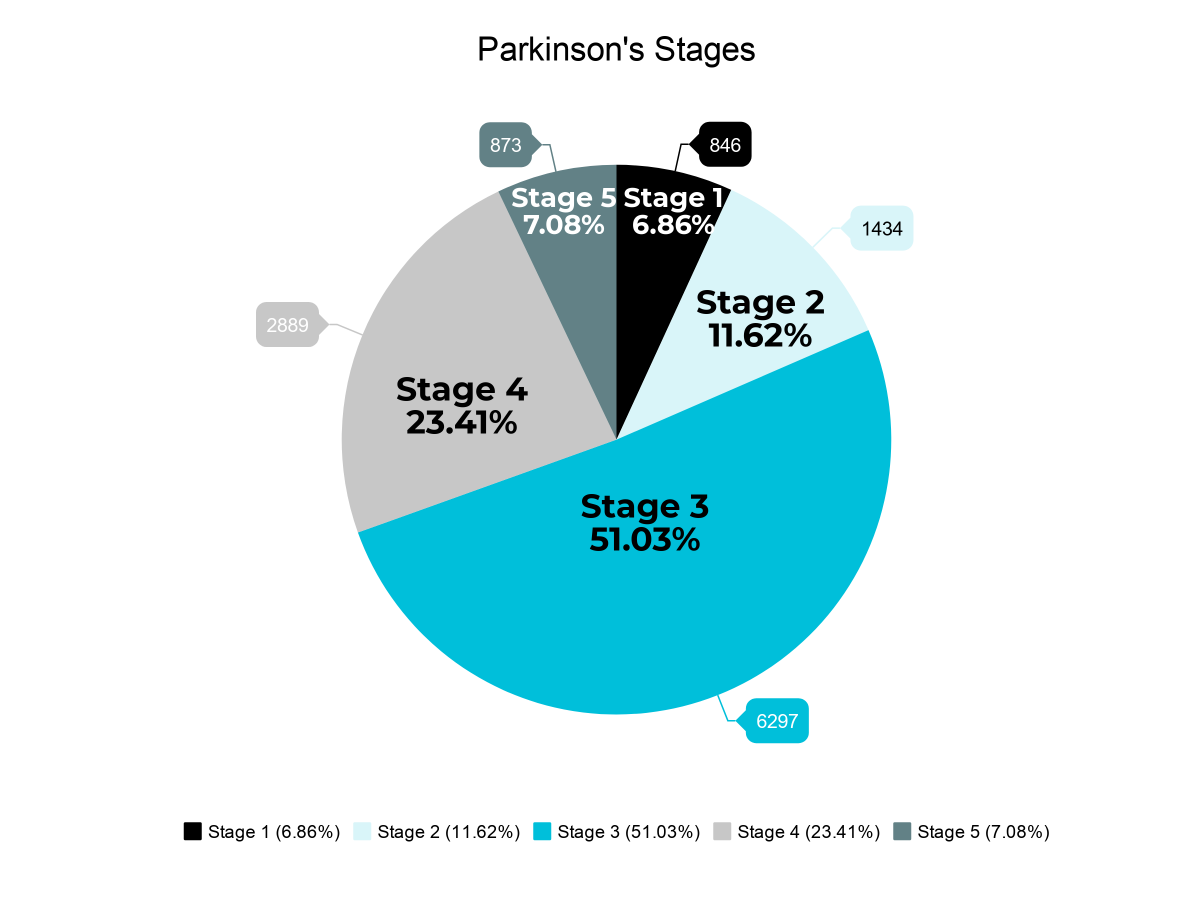
Gender
Parkinson’s is diagnosed more commonly in men than in women, thus, more men are enrolled in the study than women. Women in the study are slightly older than the men enrolled and have slightly more advanced PD.
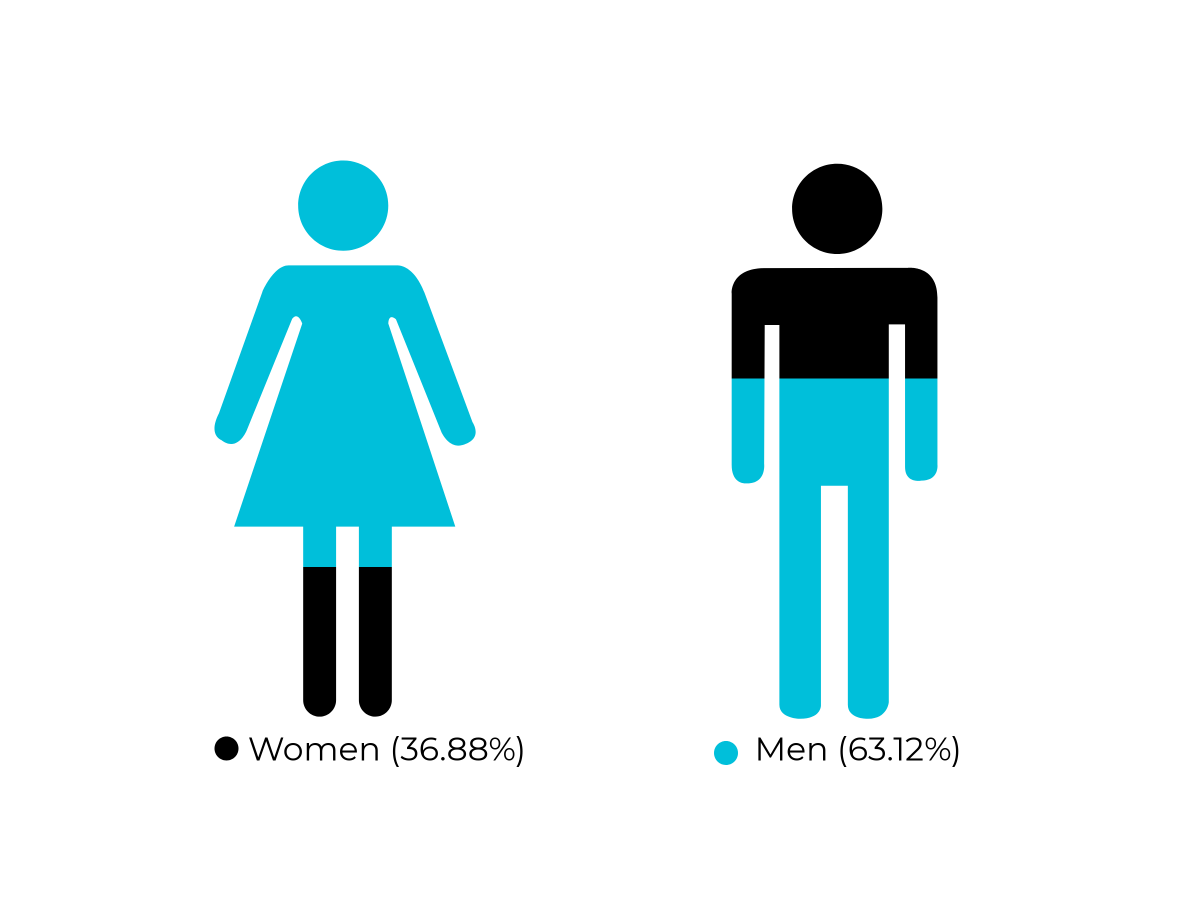
Young-Onset Parkinson’s Disease
The Parkinson’s Outcomes Project was the largest clinical study of people living with young-onset PD. More than 730 people diagnosed with Parkinson’s before the age of 40 provided their unique insights into this population of people with PD.
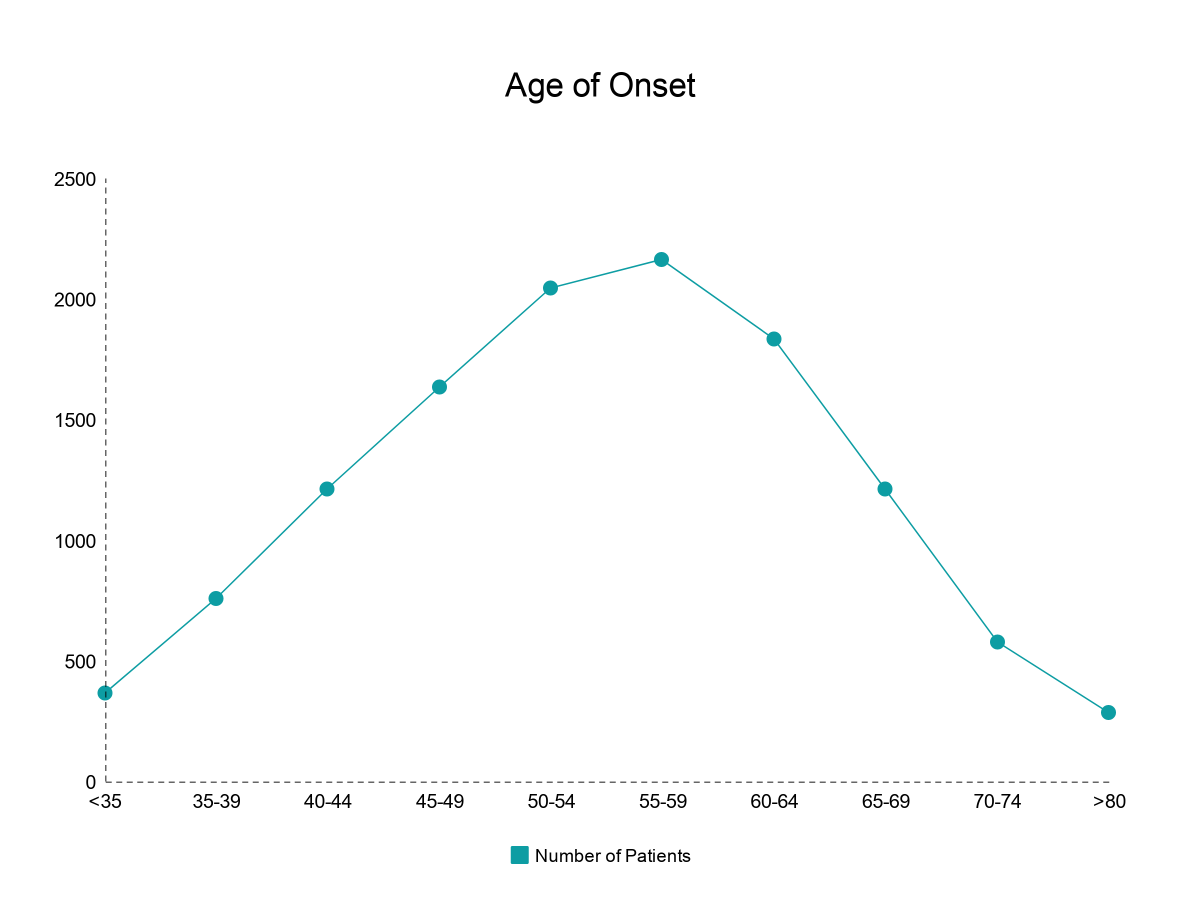
Disease Duration
The study follows how long participants have lived with Parkinson’s. Researchers discovered multiple participants who have lived with Parkinson’s for more than 20 years and still have an exceptional quality of life. Studying their data helped others live better with Parkinson’s.
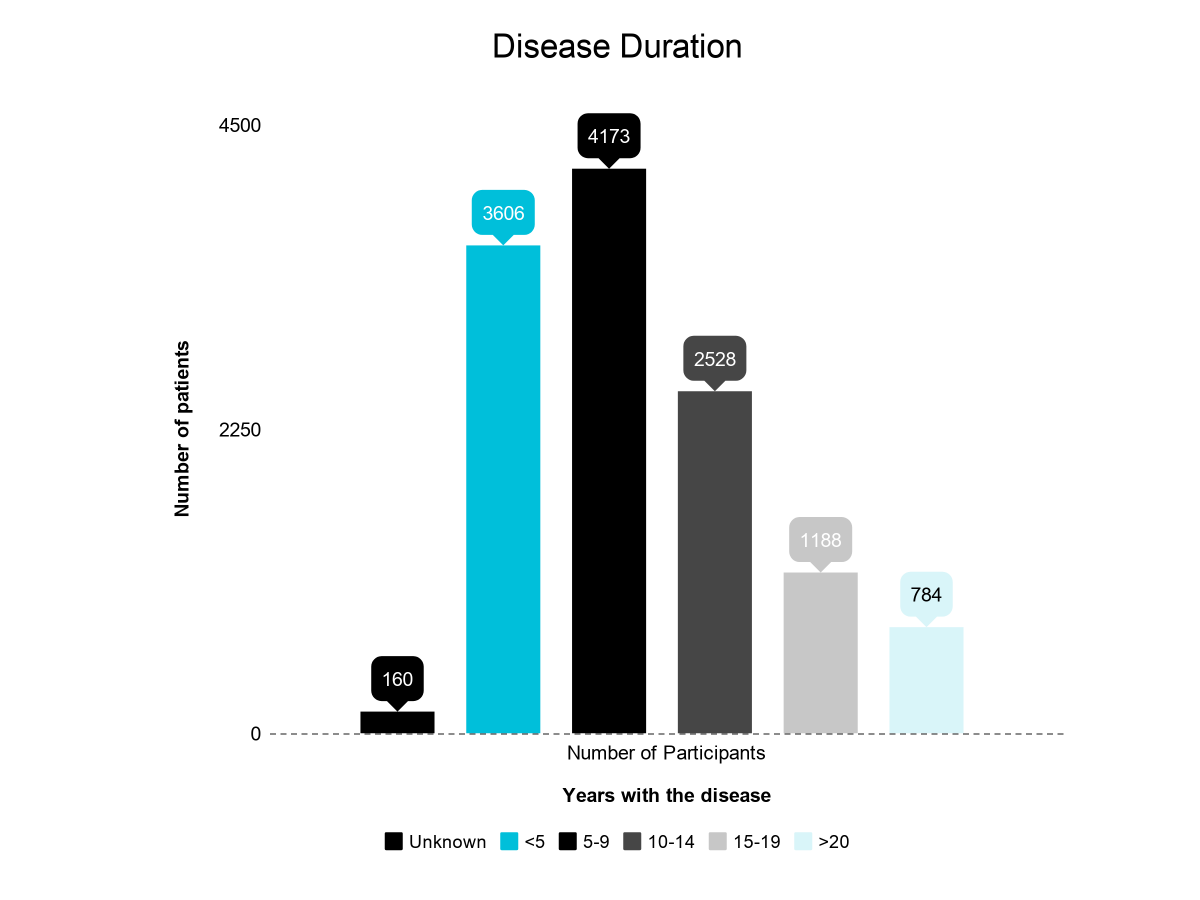
Ethnicity: Hispanic/Latino
The study tracked demographics for specific Parkinson’s communities, such as Hispanic and Latino people living with the disease.
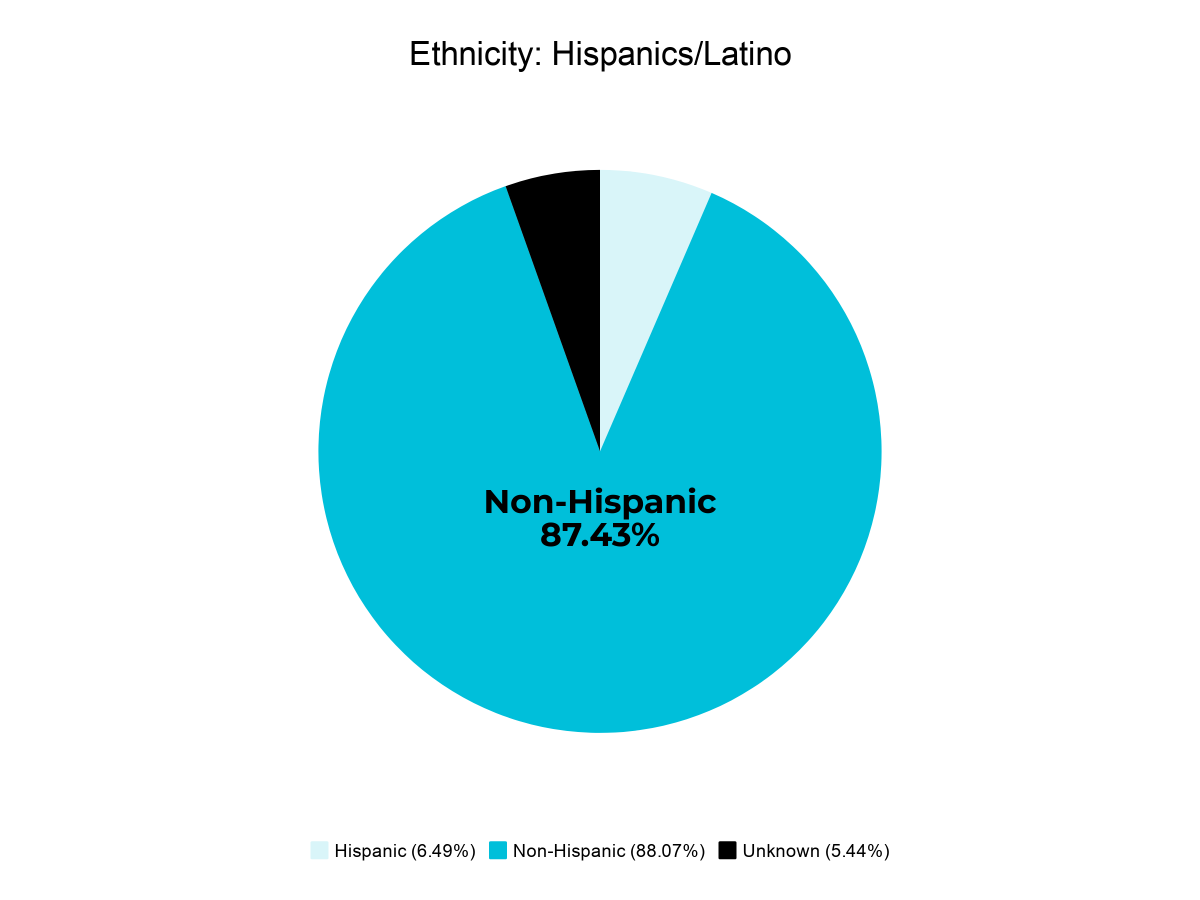
Race
The study tracked race, asking participants to self-identify their race when enrolling.
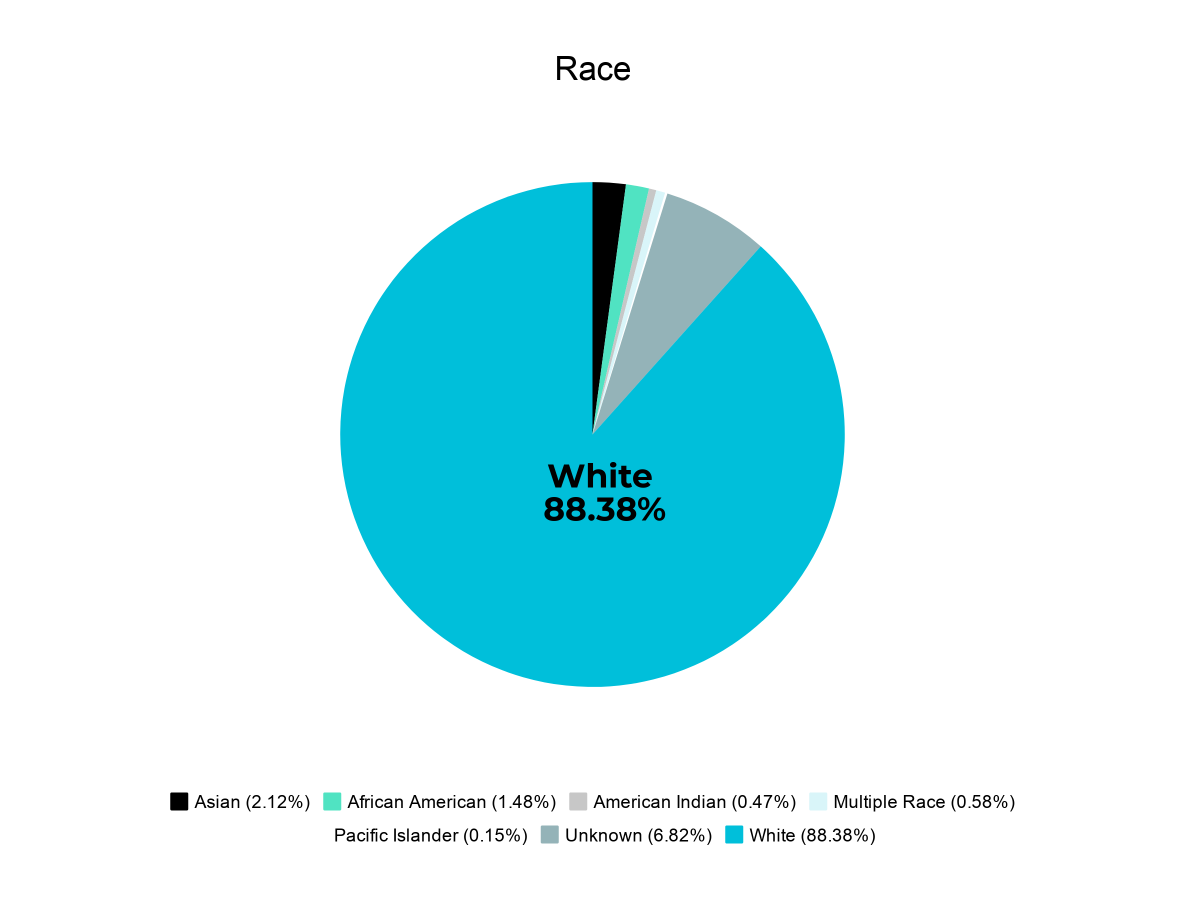
Care Partner
In addition to following whether participants have a care partner, the Parkinson’s Outcomes Project asked care partners to submit personal data, helping us track and address care partner fatigue and other issues unique to care partners.
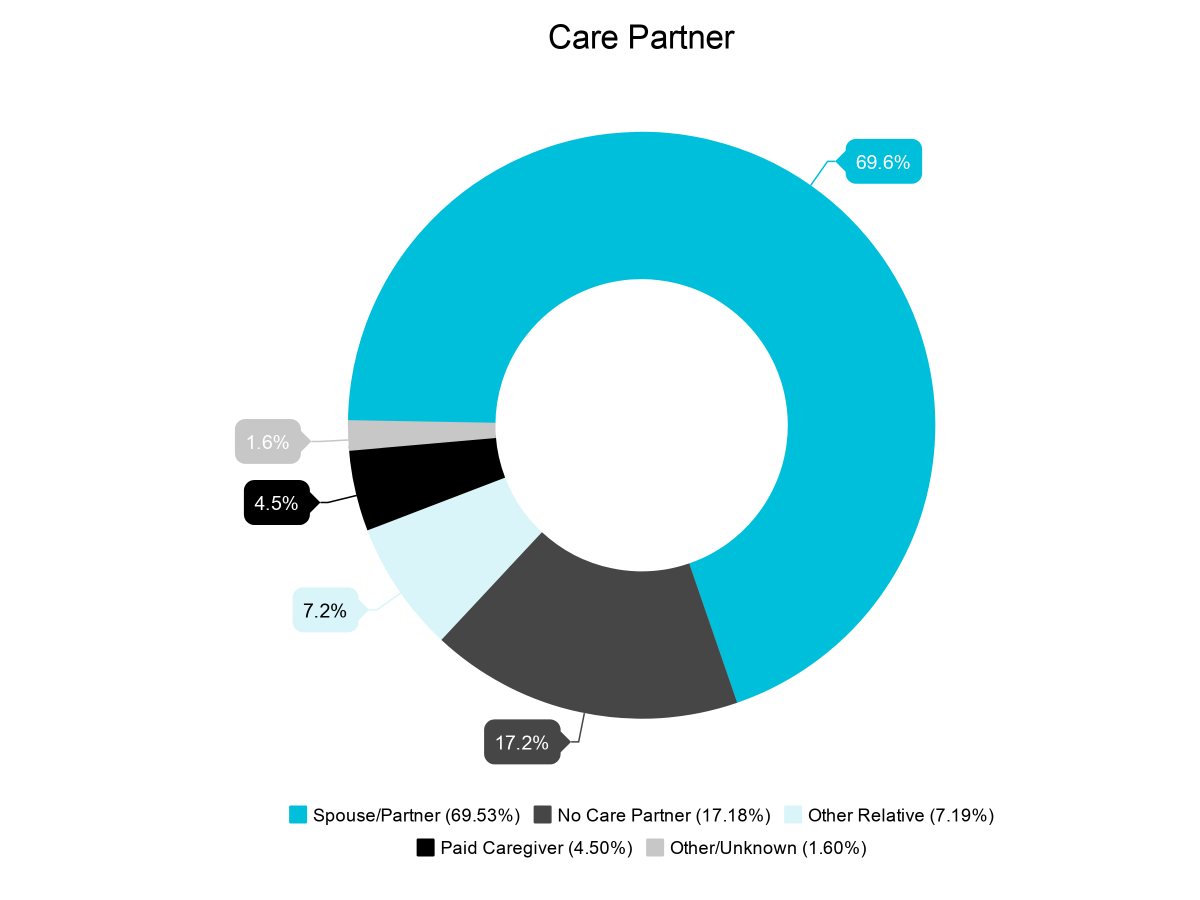
Related Materials
Neuro Talk: Top Findings from the Parkinson’s Outcomes Project
Neuro Talk: Research You Fund
Related Blog Posts

Updates From the Field: Parkinson's Outcomes Project

Neuro Talk: Top Findings from the Parkinson’s Outcomes Project
